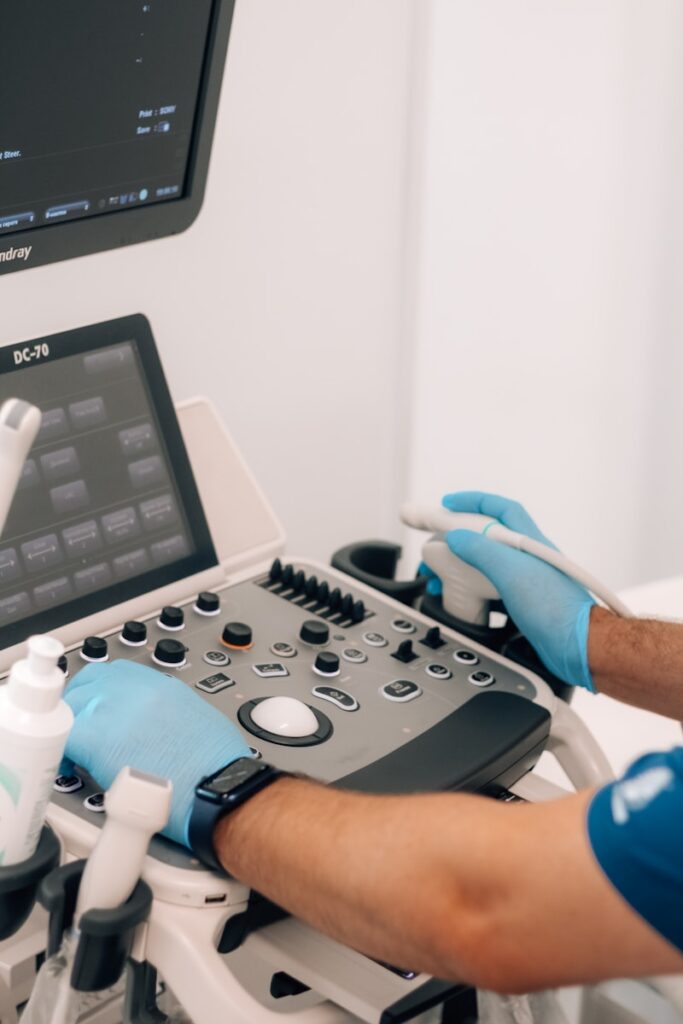Introduction
Imagine a future where the most aggressive brain cancer could be treated with sound waves. Every year, more than 12,000 Americans face a diagnosis of glioblastoma multiforme (GBM), a disease with a daunting prognosis and a survival rate averaging just 12-18 months post-diagnosis. This stark reality highlights the urgent need for groundbreaking treatments that can effectively combat this formidable illness.
Understanding Glioblastoma and Its Challenges
Glioblastoma is not merely another brain tumor; it is a relentless adversary. Representing approximately 14.5% to 15% of all brain tumors, GBM grows swiftly and invades surrounding brain tissue, making complete surgical removal nearly impossible. Traditional treatments such as radiation and chemotherapy frequently fall short, unable to prevent the tumor from recurring. Compounding the difficulty is the blood-brain barrier (BBB)—a tightly knit network of cells lining the brain’s blood vessels. This barrier serves to protect the brain from harmful substances but also obstructs many potentially life-saving drugs, presenting a significant obstacle in treating brain tumors like GBM.
The Promise of Immunotherapy
Immunotherapy offers a beacon of hope by harnessing the body’s immune system to fight cancer. This targeted approach includes treatments like checkpoint inhibitors (e.g., pembrolizumab) and CAR T-cell therapy, which have shown promise in various cancers. However, in glioblastoma immunotherapy, the tumor’s ability to suppress the immune response has limited their effectiveness. It is important to note that while pembrolizumab has been studied for GBM, it is not yet FDA-approved for this specific use.
Ultrasound’s Role in Enhancing Drug Delivery
A groundbreaking study by Northwestern Medicine in Chicago has demonstrated the potential of ultrasound technology to help chemotherapy and immunotherapy drugs cross the blood-brain barrier. Published on June 6, 2024, in the journal Nature Communications, the research showed that this method not only facilitated drug delivery but also boosted the immune system’s ability to recognize and combat brain cancer cells. In this study, focused ultrasound waves created tiny, pulsating bubbles in the bloodstream, temporarily widening the gaps between cells in the blood-brain barrier, thereby allowing the drugs to penetrate the tumor more effectively.
Clinical Trial Insights
In a clinical trial involving four patients with advanced glioblastoma, researchers delivered a combination of chemotherapy and antibodies directly to the tumor site using ultrasound. The results astonished researchers: the drugs reached the tumor more effectively, and the immune cells could better recognize and attack the cancer cells.
Dr. Adam Sonabend, one of the lead researchers, highlighted this approach as a significant advance. “This could be a major breakthrough in the treatment of glioblastoma, which has been notoriously difficult to treat due to poor drug penetration into the brain,” he noted. However, the small sample size of this trial emphasizes the need for larger studies to confirm these findings and ensure safety and efficacy.
How Ultrasound Technology Works
Imagine focused ultrasound waves as a gentle breeze parting a curtain, creating temporary openings in the brain’s protective barrier. This non-invasive method uses specific frequencies and intensities to generate microbubbles in the bloodstream. These bubbles expand and create gaps in the BBB without damaging surrounding brain tissue, allowing chemotherapy and antibodies to enter the brain more effectively. While this explanation simplifies a complex process, it highlights the precision and control required in using ultrasound to treat GBM.
Potential Side Effects and Limitations
While the initial results are encouraging, potential side effects and limitations must be considered. Some patients in the clinical trial experienced mild inflammation and temporary discomfort at the ultrasound site. Disrupting the blood-brain barrier can potentially lead to more serious side effects, which should be carefully studied in larger trials.
Alternative Treatments and Comparisons
Other emerging treatments for glioblastoma include oncolytic viruses and therapeutic vaccines. Oncolytic viruses selectively infect and kill cancer cells while stimulating an immune response. Therapeutic vaccines aim to train the immune system to recognize and attack cancer cells. Both approaches offer potential advantages, such as fewer side effects, but face challenges in effectively reaching the tumor.
The Road Ahead
Exciting research avenues are being explored, including combining ultrasound with other therapies like immunotherapy or nanoparticles. Ongoing trials with larger patient groups aim to validate the effectiveness of these combined approaches. The integration of ultrasound-enhanced drug delivery with advanced immunotherapies could significantly improve treatment outcomes for glioblastoma patients and other challenging cancers.
Applying Your Business Skills In The Courtroom(Opens in a new browser tab)
Conclusion
The use of ultrasound to enhance drug delivery in glioblastoma treatment represents a significant leap forward in cancer therapy. By overcoming the barriers that have long hindered effective treatment, this method could revolutionize how we approach not only glioblastoma but other challenging cancers as well. As research progresses, the integration of immunotherapy and advanced biotechnologies offers new hope to patients and their families.
Learn More and Take Action
Biotherapy International specializes in treating brain tumors, including glioblastoma, offering personalized treatment plans. They combine traditional methods like surgery, chemotherapy, and radiation with innovative therapies such as oncolytic viruses and cancer vaccines to target and destroy cancer cells safely.
Their dedicated team provides high-quality care, focusing on each patient’s unique needs. For more information, visit the Biotherapy International website or contact them today.
